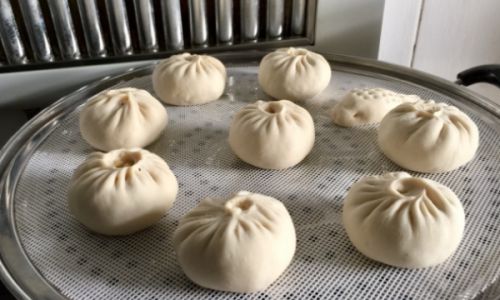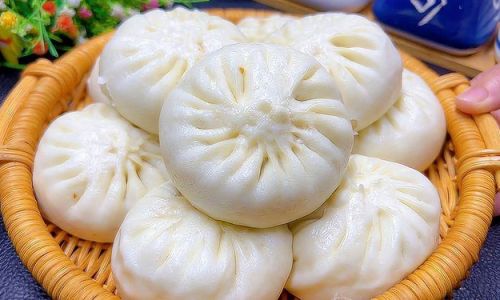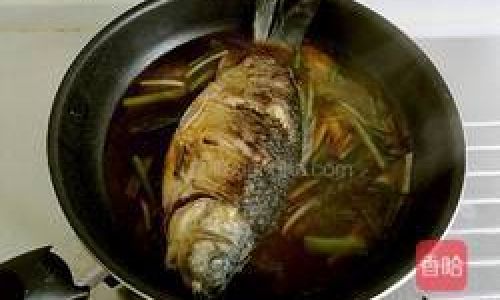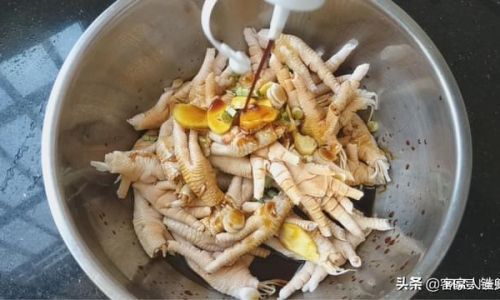Baozi, often referred to as Chinese steamed buns, are a beloved staple in Asian cuisine. These soft, fluffy pockets of dough, typically filled with savory or sweet ingredients, have captured the hearts and palates of people worldwide. Whether enjoyed as a quick breakfast, a comforting snack, or a hearty meal, baozi’s versatility and delicious taste make them a popular choice. However, like all perishable foods, baozi has a limited lifespan. Understanding how long baozi can be stored safely—and under what conditions—is crucial for avoiding food waste and ensuring optimal taste and quality. This article explores the factors influencing baozi’s shelf life, proper storage methods, signs of spoilage, and tips for extending its freshness.
What Are Baozi?
Before diving into storage specifics, it’s essential to grasp what baozi are. Baozi are steamed buns made from wheat flour dough, which is leavened with yeast or baking powder to create a light, airy texture. The fillings vary widely, ranging from seasoned ground pork, beef, or chicken to vegetarian options like cabbage, mushrooms, or red bean paste. Some regional variations, such as the spicy Sichuan hongshao baozi or the sweet dousha bao, showcase the diversity of flavors and textures.
Baozi’s popularity stems from their convenience, portability, and ability to be customized. They can be mass-produced in factories or handcrafted at home, and their relatively simple preparation process makes them accessible to cooks of all skill levels. However, their perishable nature means that improper storage can quickly lead to spoilage, affecting both safety and flavor.
How Long Do Baozi Last at Room Temperature?
The shelf life of baozi depends heavily on storage conditions. At room temperature (around 68–72°F or 20–22°C), freshly made baozi will typically last 2–4 hours if left uncovered. This brief window is due to the dough’s moisture content and the absence of preservatives. Bacteria thrive in warm, humid environments, and the steam from cooking can create condensation, accelerating microbial growth.

If baozi are stored in a cool, dry place—such as a pantry or a shaded countertop—they might last up to 6–8 hours, but this is not recommended. Extended exposure to air and fluctuating temperatures increase the risk of spoilage. To maximize freshness, baozi should be consumed within two hours of cooking or refrigerated promptly.
Refrigeration: The Best Way to Extend Shelf Life
Refrigeration is the most effective method for preserving baozi’s quality and safety. When stored in an airtight container or resealable plastic bag, refrigerated baozi can last 3–5 days. The cold temperatures (below 40°F or 4°C) slow bacterial growth,延缓ing spoilage. However, refrigeration is not a foolproof solution. Several factors can shorten or extend this timeframe:
- Ingredients: Meat-filled baozi (e.g., pork or beef) tend to spoil faster than vegetarian or sweet varieties due to the higher protein and fat content, which bacteria feed on.
- Preparation: Homemade baozi, which often lack preservatives, may have a shorter shelf life compared to store-bought options.
- Storage Containers: Airtight containers prevent moisture loss and odor absorption. Avoid storing baozi in open bowls or uncovered plates, as this exposes them to air and contaminants.
- Reheating Practices: Repeatedly reheating and cooling baozi can introduce bacteria, so it’s best to reheat only the portion you plan to eat.
To refrigerate baozi properly:
- Allow them to cool to room temperature (but not exceed two hours).
- Place them in a single layer in an airtight container to prevent sticking.
- Separate layers with parchment paper if stacking.
- Label with the date to track freshness.
Freezing for Long-Term Storage
For those who want to keep baozi for weeks or even months, freezing is the ideal solution. Frozen baozi can last 2–3 months if stored correctly. The key to successful freezing lies in minimizing moisture loss and preventing freezer burn. Here’s how:
-
Pre-Freeze Preparation:
- Let freshly cooked baozi cool completely.
- Arrange them in a single layer on a baking sheet lined with parchment paper.
- Freeze for 1–2 hours until partially frozen. This prevents them from clumping together.
-
Packaging:
- Transfer partially frozen baozi to airtight freezer bags or vacuum-sealed containers.
- Remove as much air as possible to prevent freezer burn.
- Label bags with the date and contents.
-
Thawing and Reheating:
- Thaw frozen baozi in the refrigerator overnight or steam them directly from frozen.
- Avoid microwaving without a damp paper towel, as this can dry out the dough.
While freezing preserves texture and flavor, repeated thawing and refreezing is not advisable, as it degrades quality.
Signs of Spoilage: When to Discard Baozi
Knowing when baozi has gone bad is critical for food safety. Spoiled baozi may exhibit:
- Mold: Fuzzy green, black, or white spots on the surface.
- Off Smells: A sour, fermented, or rancid odor.
- Slimy Texture: The dough or filling feels sticky or gooey.
- Discoloration: Grayish or yellowish patches indicate oxidation or bacterial growth.
- Unusual Taste: A bitter, acidic, or metallic flavor.
If any of these signs are present, discard the baozi immediately. Consuming spoiled food can lead to food poisoning, with symptoms like nausea, vomiting, or diarrhea.

Homemade vs. Store-Bought Baozi: Does It Matter?
Homemade baozi generally have a shorter shelf life than store-bought varieties due to the absence of preservatives. Commercial baozi often contain additives like calcium propionate or sodium benzoate to inhibit microbial growth. While these additives extend shelf life, they may affect taste and texture.
Store-bought baozi, especially those sold in vacuum-sealed packages, can last 6–12 months in the freezer. However, always check the “best by” date and follow the manufacturer’s storage instructions.
Cultural Practices and Baozi Storage
In many Asian households, baozi are made in large batches and stored for future meals. Traditional storage methods include:
- Clay Pots: In rural areas, baozi might be stored in ventilated clay pots to maintain humidity without causing sogginess.
- Cool Basements: In regions with cold winters, basements act as natural refrigerators.
- Reheating Rituals: Some families steam baozi daily to ensure freshness, discarding leftovers after each meal.
These practices reflect a deep cultural appreciation for minimizing waste while honoring the effort invested in handmade food.
Tips to Extend Baozi’s Freshness
- Use Fresh Ingredients: High-quality fillings with minimal moisture reduce spoilage risk.
- Avoid Overfilling: Overstuffed baozi take longer to steam, increasing moisture content.
- Steam Properly: Undercooked baozi may harbor bacteria, while overcooked ones dry out faster.
- Portion Control: Freeze baozi in individual servings to avoid repeated thawing.
- Reheat Correctly: Steaming is preferable to microwaving, as it retains moisture.
The Science Behind Baozi Spoilage
Baozi’s perishability is rooted in its composition. The dough’s starch and protein content, combined with the filling’s moisture and nutrients, create an ideal environment for microbes like Bacillus cereus, Staphylococcus aureus, and mold. These organisms multiply rapidly between 40°F (4°C) and 140°F (60°C), a range known as the “danger zone.” Refrigeration and freezing disrupt this zone, slowing or halting bacterial activity.
Environmental Impact of Food Waste
Improperly stored baozi contribute to global food waste, a pressing environmental issue. According to the Food and Agriculture Organization (FAO), roughly one-third of all food produced globally is wasted annually. By mastering baozi storage techniques, consumers can reduce their carbon footprint and save money.
Conclusion
Baozi’s shelf life hinges on storage methods, ingredients, and handling practices. At room temperature, they last a few hours; refrigeration extends this to 3–5 days, and freezing preserves them for months. By recognizing spoilage signs and adopting proper storage techniques, baozi lovers can enjoy these delightful buns safely and sustainably. Whether homemade or store-bought, baozi deserve care and attention to honor their cultural significance and culinary appeal.
In a world where convenience often trumps sustainability, understanding the nuances of food preservation—like the humble baozi—reminds us of the delicate balance between tradition and modernity. So the next time you steam a batch of these fluffy treasures, remember: a little effort in storage goes a long way in savoring their taste and reducing waste.




0 comments